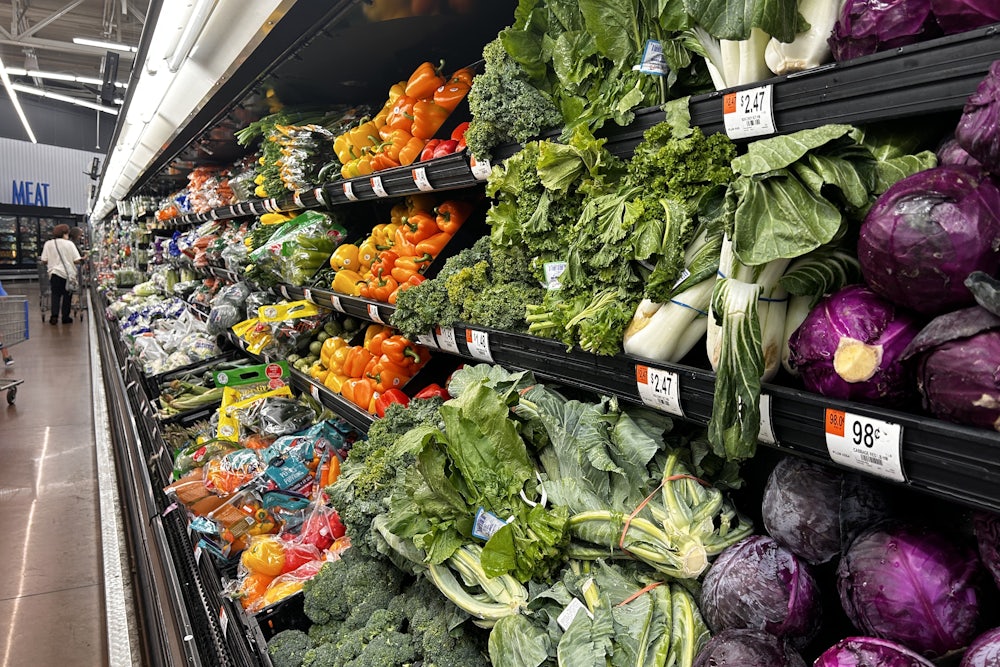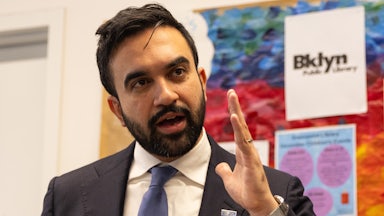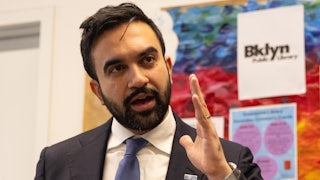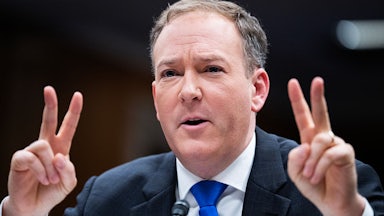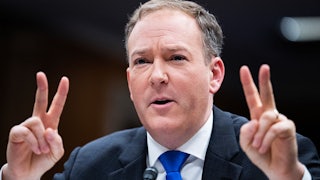The dollar cost of climate change usually comes in the form of numbers so big they’re nearly impossible to understand. The price of global warming will add up to $38 trillion by 2049, one study projected. By 2090, it might reduce global gross domestic product by 70 percent, experts in risk management have calculated. These figures are mind-numbingly huge. They’re also abstract—as abstract, you might say, as pledges to cap emissions at 1.5 or two degrees Celsius, or achieve “net-zero” emissions sometime in the future. If we don’t start doing something now, the numbers suggest, then someone at some point will have to pay a lot of money to deal with the problem. But these stupendous losses are not something we’ll begin to feel at some distant point in the future: They’re already here. Day by day, we’re experiencing them incrementally—and painfully—at the grocery store.
On Monday, an interdisciplinary team of researchers in Europe and the United Kingdom published a study in Environmental Research Letters tracking the impact of 16 climate-fueled extreme weather events on rising food prices around the world from 2022 to 2024. After the Horn of Africa’s worst drought in 40 years, which occurred in 2022, food prices in Ethiopia rose 40 percent by the next spring. In September 2023, following the country’s record-breaking temperatures the previous month, rice prices in Japan climbed 48 percent. As the result of intense droughts across Southern Europe in 2022 and 2023, olive oil prices rose by 50 percent. In California and Arizona, prolonged drought in summer 2022 caused vegetable prices there to rise by 80 percent as growers faced water shortages, extreme heat, and dried-out soil. And in Pakistan, in August 2022, monsoon rains that were 547 percent wetter than average led to devastating floods and much wetter soil, which drove rural food prices up by 50 percent.
Central banks charged with maintaining price stability, meanwhile, have been relatively slow to recognize the challenge climate change poses to that mandate. Wonkish conversations about central banks’ responsibility vis-à-vis climate change have tended to focus on systemic risks that climate policies could pose to fossil fuel assets on bank balance sheets (for example, how a high carbon tax might devalue bank-financed coal, oil, and gas infrastructure), or the considerable threats extreme weather poses to real estate investments. But there’s been comparatively less attention paid to questions of price stability. (One of the researchers on the Environmental Research Letters paper is affiliated with the European Central Bank, although its findings are “not necessarily those of the European Central Bank nor its Governing Council.”)
Financial institutions haven’t been especially proactive about addressing climate risks of any kind. Several of the world’s largest banks—including JP Morgan Chase, Citibank, and Morgan Stanley—have rolled back climate pledges in recent years, in part due to pressure from Republicans and, now, the Trump administration. U.S. Federal Reserve Chairman Jerome Powell has never been thrilled about the idea of the Fed considering climate change, and recently, amid mounting criticism from the White House, he reiterated that position on Capitol Hill. “It is a big risk to our independence if we were to stray into areas where we shouldn’t that really aren’t part of our mandate,” Powell said, in response to Republicans’ hostile questions about the Fed’s modest moves asking banks to study their exposure to climate change and climate policy. “I would agree that climate is the biggest risk,” he said, not to balance sheets or prices but to central bank independence.
For farmers and those of us who buy their products—so, everyone—climate change isn’t some far-off threat or ideological belief but a real-time drain on resources and monthly bills. In February, farmers with the Northeast Organic Farming Association of New York, alongside the Natural Resources Defense Council and the Environmental Working Group, sued Trump’s Department of Agriculture over its attempts to ax climate-related policies and datasets. Plaintiffs argued that the administration’s purge denied farmers the information they need to make business decisions regarding their own risks from heat waves, floods, and other kinds of climate-fueled extreme weather. In May, the USDA relented, and said it had already begun restoring the data in question.
Of course, Republicans are still attempting to ban federal agencies from discussing climate change, and halt any modest progress the U.S. has made to deal with it. As the costs of rising temperatures continue to add up on grocery store receipts, insurance premiums, and rent checks, the main problem with the GOP’s climate denial isn’t that they don’t believe in science but that their policies are—day by day, family by family—making life more expensive. Republicans’ war on climate data and policy makes it even harder for people to connect the dots between the heat waves that are driving up their electric bills and pricier hamburgers. And as long as people don’t know the real reasons food is getting more expensive, Republicans can cast the blame for rising costs onto Democrats or some other enemy of their choosing. In reality, the GOP has spent decades conspiring with its corporate donors to block climate policy and pad polluters’ bottom lines—and, as a result, drive up the cost of your dinner.
